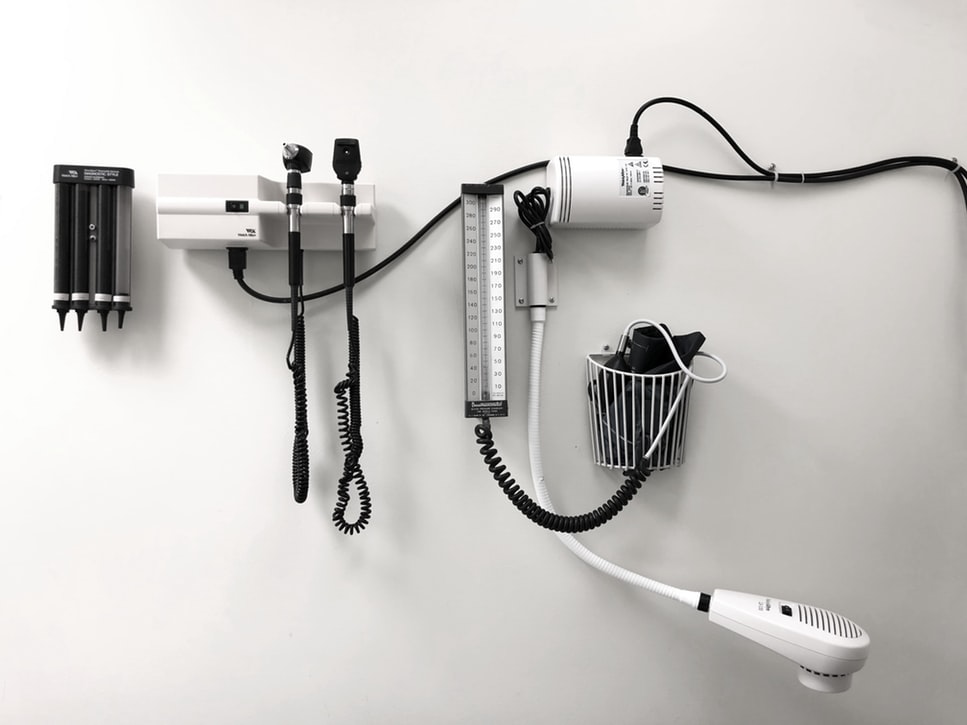Appointing someone to make medical treatment decisions
Medical decision making laws changed on the 12 March 2018 when the Medical Treatment Planning and Decisions Act 2016 commenced.
A person can now appoint a medical treatment decision maker with authority to make medical treatment decisions. A person no longer makes a medical enduring power of attorney to do this.
A medical enduring power of attorney made before the law changed is recognised under the new Act. This means there is no need for legal documents made before 12 March 2018 to be redone.
Appointing a medical treatment decision maker
There are formal requirements that need to be met when a person appoints their medical treatment decision maker, including witnessing requirements. Read more about medical treatment decision makers and how to appoint one.
OPA has a new edition of Take Control with step-by-step instructions about how to do this.
If a medical treatment decision maker has not been appointed, the Medical Treatment Planning and Decisions Act specifies who has legal authority to make medical treatment decisions for a person who is unable to make these decisions. Read more about this.
Advance care directive
The new laws allow for the creation of new legal documents called advance care directives. Advance care directives may include either or both:
an instructional directive with legally binding instructions about future treatment the person consents to or refuses
a values directive which documents the person’s values and preferences for future medical treatment.
The enduring power of attorney
A person can still make an enduring power of attorney to appoint someone with authority to make decisions about their financial and personal matters. It is important to note that personal matters no longer includes health care matters.
Read more about the recent changes on the Department of Health and Human Services health website.
Source: https://www.publicadvocate.vic.gov.au/upcoming-changes-to-medical-decision-making-laws

